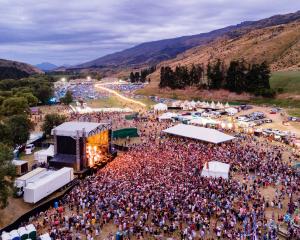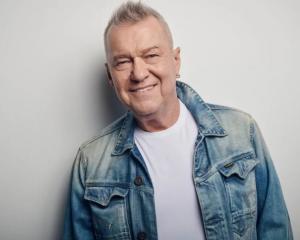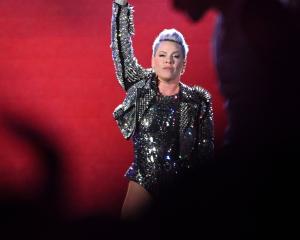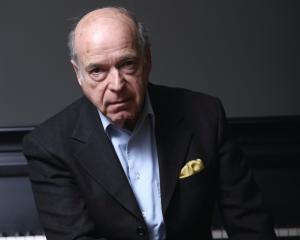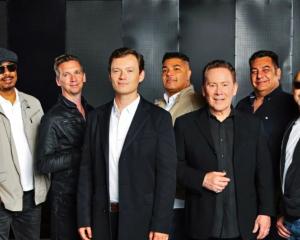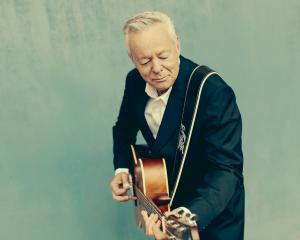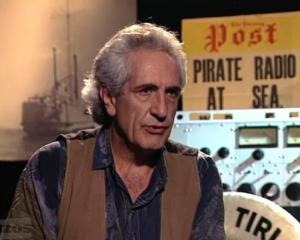In the early days of the pandemic, chamber music lovers wondered, ‘what good could possibly come of this?’
The loss of overseas artists loomed as a death knell for societies such as the Chamber Music Society which had as its founding principle that New Zealand was sorely in need of overseas cultural expression, (because, you see, it was generally believed that we had nothing of value to call our own).
Notable New Zealanders (Denis Glover, Te Ngata and Douglas Lilburn, for example) argued that it was possible that something of value would emerge from our landscape.
Now, nigh on 100 years since their formative experience — the Great Depression — we find in our own formative experience — the Pandemic — that grassroots do indeed hold something of unique value for our cultural sovereignty.
So Chamber Music New Zealand is to be applauded for looking to the homegrown for inspiration. Perhaps not since the society toured Thelonious Monk have the pearls of caucasian forebears been so convincingly scattered to the floor.
Tararua is multi disciplinarian. It employs the cello and double bass both bowed and strummed, voice and a startling array of taonga puoro.
The performers are required to be conversant with several of these instruments and to move between them seamlessly. The visual display over their heads complemented the music beautifully. The material, presented in one breath without interruption promoted a sustained calm.
Though some narrations may have been more poetically expressed, the telling of Mauri ora — a holistic and organic vision — was very successful. We all travel and evolve according to the winds.
Musicians, Ruby Solly, Artiana Tikao, Phil Boniface, and Alistair Fraser used inflections of jazz, Gaelic, Maori and folk, to create an immensely inspirational watershed performance.
Tararua held a nigh full house enraptured and highly appreciative.
Tararua
Glenroy Auditorium
Friday, May 27


